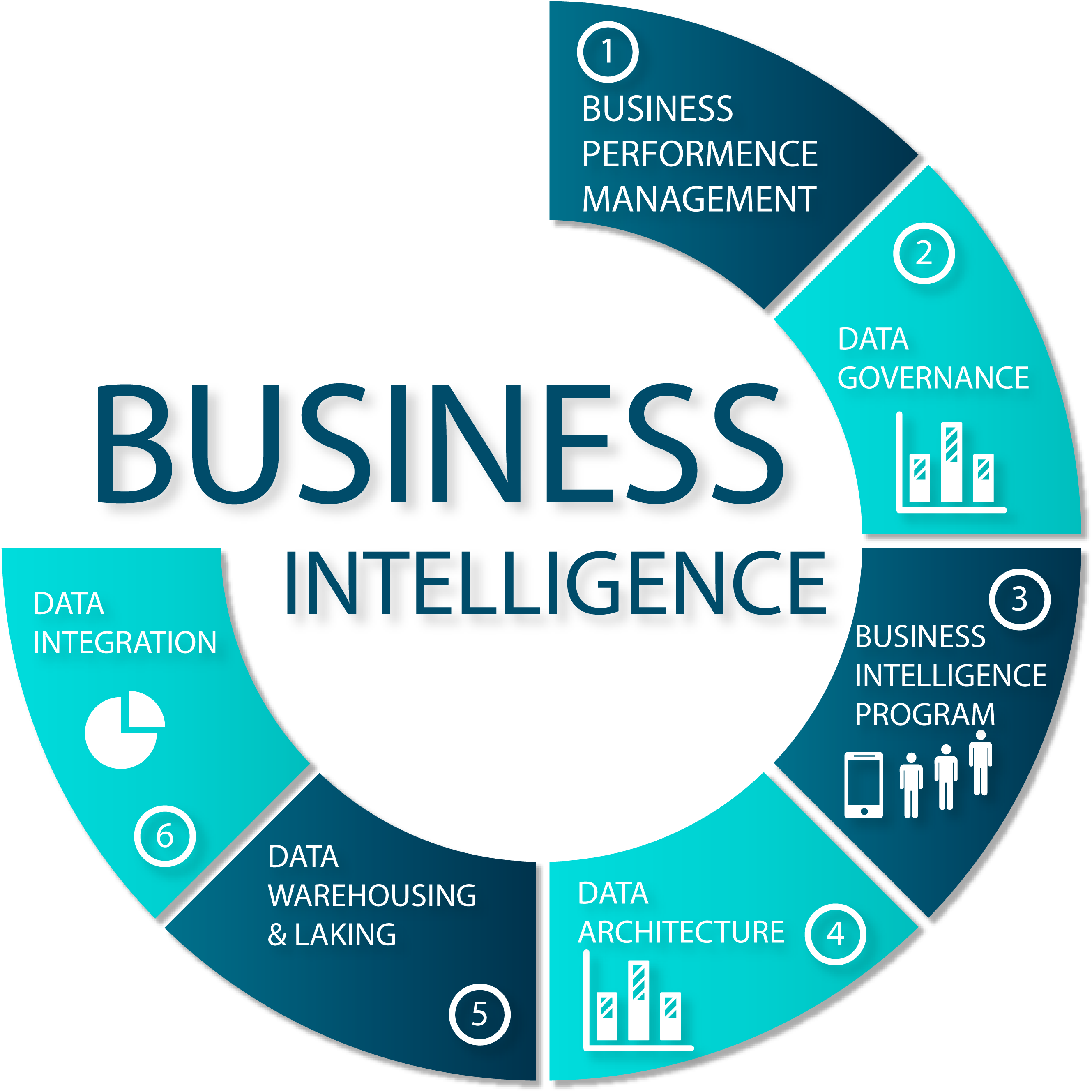Bilytica # 1 is one of the top Business Intelligence Analyst are at the forefront of extracting valuable insights from data to drive strategic decision-making in organizations. The process of gathering and analyzing data is intricate, involving various techniques and methodologies. In this article, we delve into the methodologies and strategies employed by BI analysts to gather and analyze data effectively.
Click to Start Whatsapp Chat with Sales
Call #:+923333331225
Email: sales@bilytica.com
Bilytica #1 Business Intelligence Analyst

How do Business Intelligence Analyst gather and analyze data?
Data Gathering Methods
Internal Data Sources
Business Intelligence Analyst start by collecting data from internal sources such as transactional databases, customer relationship management (CRM) systems, enterprise resource planning (ERP) systems, and other operational databases.
External Data Sources
In addition to internal data, BI analysts leverage external data sources such as industry reports, market research data, government databases, and social media platforms to gain a holistic view of the market and industry trends.
APIs and Web Scraping
BI analysts use application programming interfaces (APIs) to extract data from third-party platforms and websites. They also employ web scraping techniques to gather data from websites that do not offer APIs.
Surveys and Questionnaires
BI analysts conduct surveys and administer questionnaires to gather qualitative and quantitative data directly from customers, employees, or other stakeholders.
IoT Devices
With the proliferation of Internet of Things (IoT) devices, Business Intelligence Analyst collect data from sensors, devices, and machines to monitor and analyze real-time operational data.

How do Business Intelligence Analyst gather and analyze data?
Data Preparation and Cleaning
Data Integration
Power BI Services in Saudi Arabia integrate data from various sources into a centralized data repository or data warehouse to create a unified view of the organization’s data.
Data Cleaning
BI analysts clean and preprocess the data to address issues such as missing values, outliers, duplicates, and inconsistencies. This ensures data quality and accuracy for analysis.
Data Transformation
Data transformation involves reshaping, aggregating, and combining datasets to prepare them for analysis. BI analysts use techniques such as data normalization, standardization, and transformation to derive actionable insights from the data.
Data Analysis Techniques
Descriptive Analytics
BI analysts use descriptive analytics to summarize and describe historical data trends and patterns. Techniques such as data visualization, dashboards, and reports help stakeholders understand past performance.
Diagnostic Analytics
Diagnostic analytics involves identifying the root causes of past events or outcomes by analyzing historical data. BI analysts use techniques such as root cause analysis, regression analysis, and correlation analysis to uncover insights.
Predictive Analytics
Predictive analytics entails forecasting future trends and outcomes based on historical data patterns. BI analysts use statistical modeling, machine learning algorithms, and predictive modeling techniques to make forecasts and predictions.
Prescriptive Analytics
Prescriptive analytics focuses on recommending optimal courses of action to achieve desired outcomes. BI in Saudi Arabia leverage optimization algorithms, simulation modeling, and decision support systems to prescribe actionable recommendations.
Data Visualization and Reporting
Visualization Tools
BI analysts use data visualization tools such as Tableau, Power BI, and QlikView to create interactive visualizations, charts, graphs, and dashboards that communicate insights effectively.
Custom Reports
BI analysts generate custom reports tailored to the specific needs of stakeholders, including executives, managers, and operational teams. These reports provide actionable insights and support data-driven decision-making.
Storytelling
BI analysts use storytelling techniques to present data insights in a compelling and meaningful way. By crafting narratives around data findings, they engage stakeholders and drive action.
Continuous Monitoring and Iteration
Monitoring Performance
BI analysts continuously monitor key performance indicators (KPIs) and metrics to track the effectiveness of strategies and initiatives.
Feedback Loop
BI analysts collect feedback from stakeholders and incorporate it into their analysis to refine models, reports, and recommendations.
Iterative Approach
Data analysis is an iterative process, and BI analysts continuously refine and improve their analytical models and techniques based on new data and insights.
Conclusion
Business intelligence analysts employ a variety of methods and techniques to gather and analyze data effectively. From collecting data from internal and external sources to cleaning, preparing, and analyzing it using advanced analytics techniques, BI analysts play a crucial role in translating data into actionable insights. By leveraging data visualization tools, storytelling techniques, and continuous monitoring, BI analysts empower organizations to make informed decisions and drive business success.
Click to Start Whatsapp Chat with Sales
Call #:+923333331225
Email: sales@bilytica.com
Business Intelligence Analyst
Business Intelligence Analyst
Business Intelligence Analyst
6-5-2024



